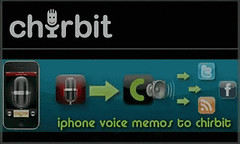-
11
Mar
Embark on a transformative journey into the world of gamification in education. In this session, discover how teachers can harness the power of AI and Google Looker Studio to gamify their teaching, engaging students and fostering a dynamic learning environment. Explore real-world examples, practical strategies, and hands-on demonstrations to bring the excitement of gaming into your classroom.
In this 50-minute session, educators will delve into the art and science of gamifying their classrooms. We will explore the intersection of AI and Google Looker Studio, uncovering innovative ways to create immersive and educational gaming experiences. From personalized learning paths to AI-driven feedback, this session will provide actionable insights and practical steps for teachers to implement gamification strategies effectively.
Learning Objectives:
- Understand the concept of gamification in education and its potential impact on student engagement.
- Explore the capabilities of AI and Google Looker Studio in creating personalized and interactive learning experiences.
- Learn practical strategies for implementing gamification in various subjects and grade levels.
- Discover real-world examples of successful gamified classrooms using AI and Google Looker Studio.
- Gain hands-on experience in creating gamified elements for a sample lesson.
We experienced some technical difficulties during our presentation, so Dr. Hollinger was kind enough to create a Google Looker Tutorial, which you can access on ScreenPal. Thanks to all who attended!
none



